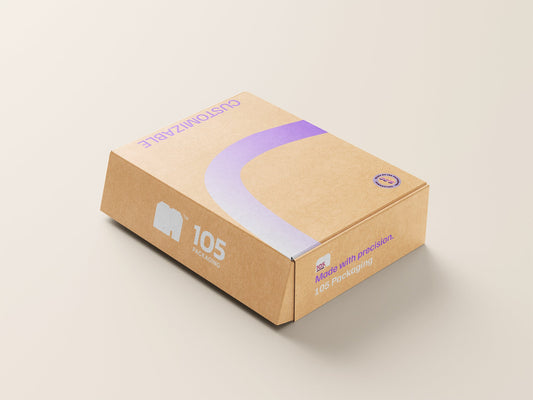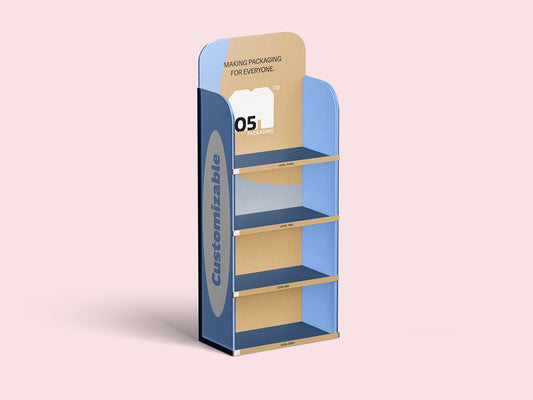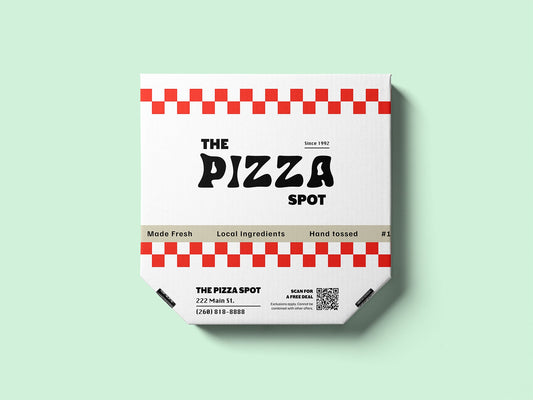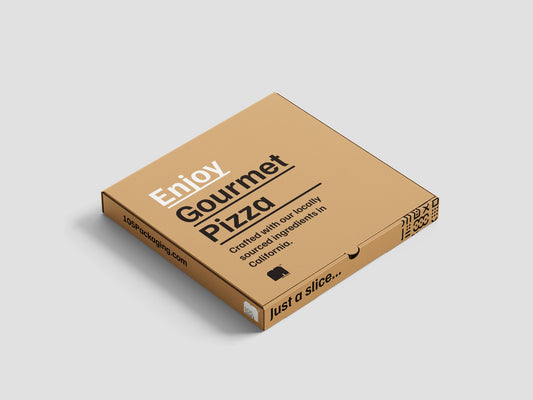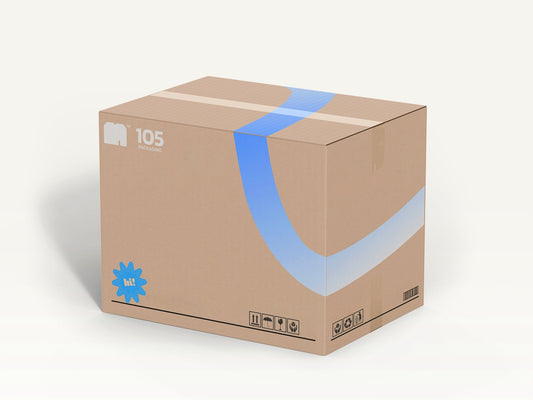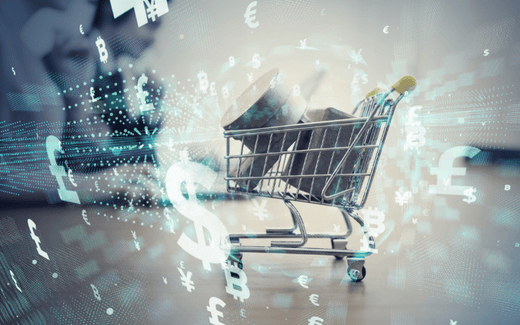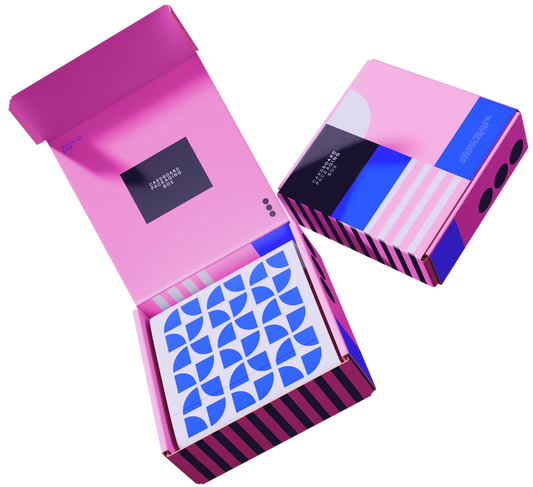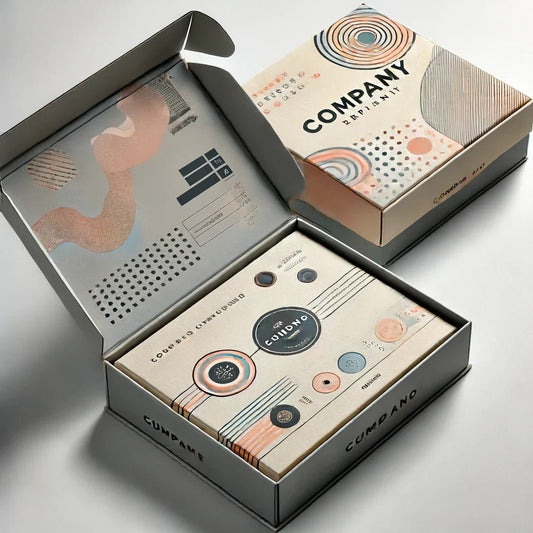As e-commerce continues to dominate the global retail landscape, packaging has become more than just a way to protect products. It's now a key element in shaping the customer experience and defining a brand's identity. With consumers placing higher demands on sustainability, personalization, and technology, businesses must adapt to the evolving landscape of e-commerce packaging.

The rise of sustainable packaging
Sustainability is no longer just a trend—it’s an expectation. Consumers are more eco-conscious than ever, and they want brands to reflect those values. In fact, studies show that 60-70% of customers prioritize environmentally friendly packaging when making purchasing decisions. This has pushed e-commerce brands to adopt more sustainable packaging solutions, from biodegradable materials to recycled content.
New innovations in bioplastics and compostable packaging are leading the charge. These materials not only reduce the reliance on traditional plastics but also break down naturally, contributing to a circular economy. For example, compostable packaging materials decompose into nutrient-rich soil, closing the loop in the product lifecycle.
Brands that prioritize post-consumer recycled (PCR) materials are not just meeting regulatory demands—they're also aligning with the values of eco-conscious consumers. In 2024, we can expect to see more businesses moving toward plastic-free packaging and investing in materials that minimize environmental impact.

Smart packaging: the next frontier in e-commerce
Smart packaging integrates technology to offer a better user experience, and this trend is set to take off in 2024. By using QR codes, augmented reality (AR), and NFC-enabled packaging, brands can engage consumers beyond the physical product.
For instance, a QR code on the package could link to interactive product demos, exclusive discounts, or videos explaining the product’s origins. Augmented reality takes this a step further by allowing customers to visualize products in their homes before purchasing or unlocking virtual unboxing experiences.
Additionally, smart sensors embedded in packaging are revolutionizing industries like food and pharmaceuticals by providing real-time information about the product’s condition, such as temperature and freshness. This not only enhances consumer trust but also reduces spoilage and waste.

Minimalist and cost-effective packaging trends
Simplicity is becoming a major trend in packaging design, and it's proving to be a win for both brands and consumers. With many businesses seeking to reduce costs and environmental impact, minimalist packaging is gaining traction. This approach uses fewer materials, reduces excess packaging, and focuses on clean, elegant designs.
Minimalism doesn't mean boring—brands are using bold typography, sleek logos, and high-quality textures to create a premium feel without the clutter. This trend is particularly popular among luxury and beauty brands, where the focus is on elevating the product itself.
Moreover, this streamlined approach helps reduce shipping costs by cutting down on the size and weight of the packaging, which in turn reduces the carbon footprint associated with transportation. By embracing minimalist designs, brands can offer eco-friendly solutions while also enhancing the customer experience.
Custom and branded packaging innovations
Personalization continues to play a key role in e-commerce packaging. In a world where consumers expect more customized experiences, offering custom packaging that reflects a brand’s personality can increase brand loyalty and encourage repeat purchases. For example, adding personal touches like the customer’s name or a thank-you note can create a memorable unboxing experience that resonates on an emotional level.
In 2024, more brands are expected to use AI and data analytics to customize packaging based on customer behavior. Personalized messages, custom-fit packaging, and even real-time adjustments to designs will soon be the norm. This high level of customization not only enhances the customer experience but also creates stronger brand recognition.
Furthermore, 3D packaging design tools are helping businesses create packaging that stands out on digital shelves. With 3D mockups, brands can experiment with different designs, visualize their impact in real-time, and ensure that the final product matches the brand’s identity.

Conclusion
The future of e-commerce packaging is being driven by a combination of sustainability, technology, and personalization. From adopting eco-friendly materials to embracing smart packaging technologies, brands that stay ahead of these trends will not only meet customer expectations but also differentiate themselves in a highly competitive market.
By investing in innovations like minimalist packaging, personalization, and AI-driven custom designs, businesses can enhance the customer experience and build stronger, more sustainable relationships with their consumers. As we move forward, e-commerce packaging will continue to evolve, offering brands new ways to engage with their audience and make a lasting impression.
